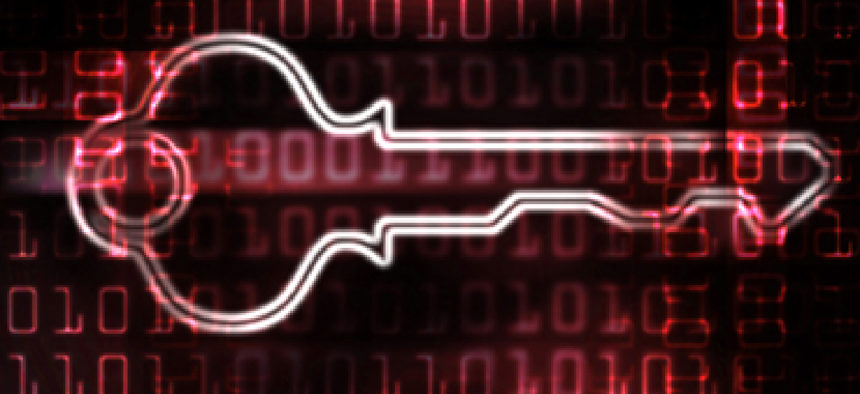Panel recommends NIST declare independence from NSA

"NIST may seek the advice of the NSA on cryptographic matters but it must be in a position to assess it and reject it when warranted,” says a report from the Visiting Committee on Advanced Technology.

Memos leaked by former National Security Agency contractor Edward Snowden revealed that the intelligence agency was behind efforts to create and preserve a backdoor in an encryption algorithm promulgated by the National Institute of Standards and Technology.
The cryptographic standard in question was not in wide use, because of longstanding suspicions among experts that it was compromised, but news that NSA may have compromised NIST's judgment threw the perception of NIST as an independent, scientific standards agency in doubt.
Credibility and neutrality are among NIST's main assets, and the agency recognized that it needed to limit the damage from the Snowden revelations and assert its independence. NIST withdrew its support for the Dual EC random number generation algorithm in April. Separately, NIST asked its review group, the Visiting Committee on Advanced Technology (VCAT), to issue guidance on improving the cryptographic standards setting process.
The VCAT unanimously adopted a report put together by a select group of technical experts, including Internet pioneer Vint Cerf of Google, Microsoft's software security director Steve Lipner, Princeton computer scientist Edward Felten, Belgian cryptographer Bart Preneel, and others. The inclusion of Preneel is interesting, because of concerns in industry that the NSA's weakening of a cryptographic standard is having negative fallout for U.S. vendors of computing products and services that rely on encryption.
Recommendations include:
n -- Guaranteeing the openness and transparency of NIST's standards-setting processes.
n -- Increasing the participation of the cryptographic community.
n -- Developing standards through open competitions.
n -- Ramp up hiring of technical staff at NIST.
n -- Clarifying its relationship with the NSA to make clear that NIST reserves the right to reject guidance from the spy agency.
NIST explained in the committee deliberations that some of NSA's input on cryptographic standards is omitted from the public record, and that while NSA participation is typically acknowledged, specific NSA contributors are often not identified. NIST said it is "now requiring that all of NSA's contributions and authorship will be acknowledged in the relevant standard," according to meeting minutes released in the VCAT report.
"The evidence I have seen indicates that NIST believed at the time, in good faith, that there was not a trapdoor. However, NIST could and should have prevented even the possibility of a trapdoor," Felton wrote in his recommendations to VCAT. Felton said "NIST should draw on NSA’s expertise, but NIST must not defer to NSA on security-relevant decisions."
Preneel advised that "NIST needs to revisit its [memorandum of understanding] with NSA and perhaps with other agencies. The interfaces should be clarified, and all interactions should be public and documented."
Of course, the NSA isn't going anywhere. The agency has vast resources, an army of cryptographers, and a critical role in U.S. government work on cryptography and cryptoanalysis. By contrast, NIST is a small component of a civilian agency with limited technical staff. Transparency is the key to making the relationship work, according to the report. "NIST may seek the advice of the NSA on cryptographic matters but it must be in a position to assess it and reject it when warranted. This may be accomplished by NIST itself or by engaging the cryptographic community during the development and review of any particular standard," the report recommends.
VCAT Chairman Tony Hayment noted that resources were always an issue. "This is not mission very difficult, this is mission impossible," he said at the close of the July 14 meeting that adopted the report. "We're asking NIST management to make sure that all the recommendations on cybersecurity protocols and standards are met, just as NIST meets the protocols for calibrating torque wrenches for helicopters and everything else we ask NIST to do," Hayment said.
NIST management is expected to reply to the recommendations of the report at the October meeting of VCAT.
NEXT STORY: The CIA Might Have Your Password After All






